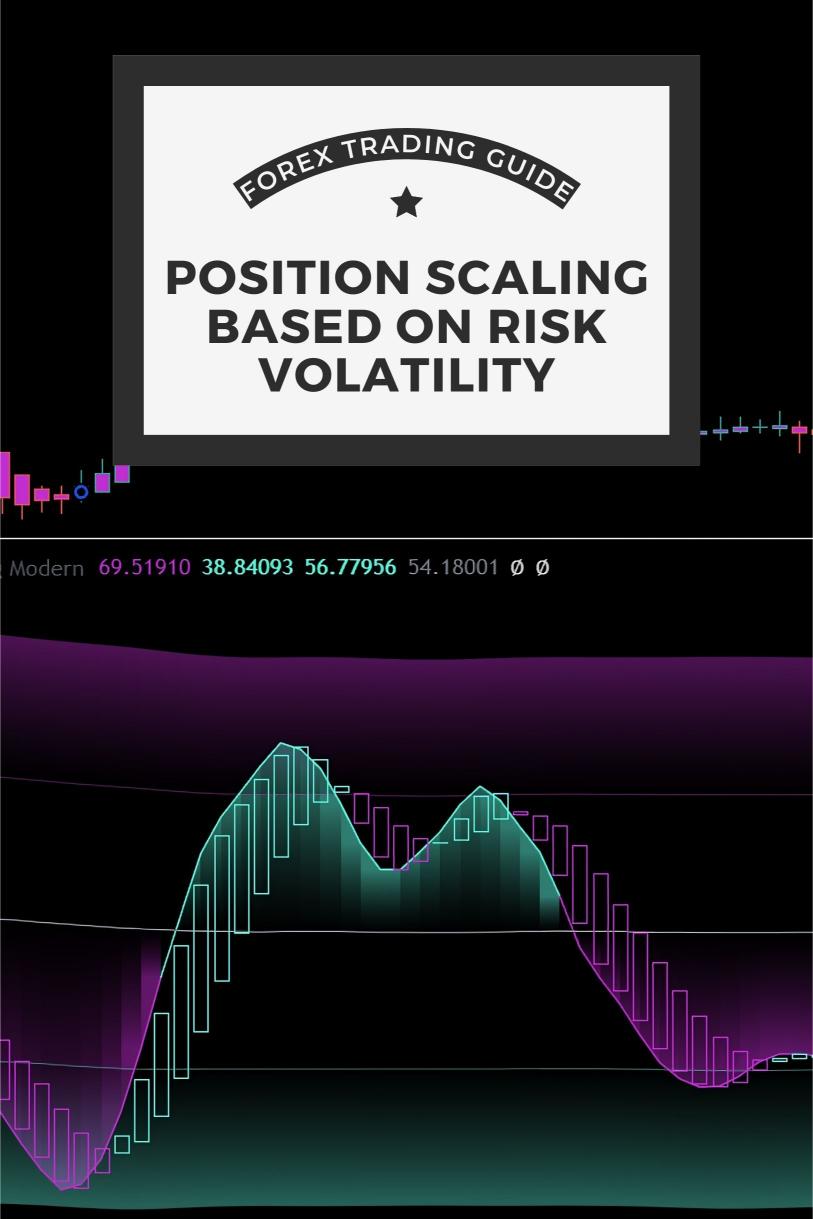Last Updated on February 13, 2025 by Arif Chowdhury
Ever felt like you’re on a rollercoaster ride with your Forex trades? 🎢
One day you’re up, the next day you’re down, and it feels like you’re just holding on for dear life.
Let’s face it, trading can be wild.
That’s why I want to share a powerful strategy: Position Scaling Based on Risk Volatility.
This approach can help you manage your trades better, reduce risk, and potentially increase your profitability.
So, let’s break it down.
Understanding Position Scaling
Position scaling is like adjusting your sails based on the wind.
When volatility is high, you might want to take smaller positions.
When things calm down, you can increase your exposure.
Here’s how it works:
- Assess Volatility: Use indicators like the Average True Range (ATR) to measure market volatility.
- Adjust Position Size: Scale your position size according to the volatility level.
- Risk Management: Set your stop-loss and take-profit levels based on your trade size and volatility.
Why Risk Volatility Matters
Risk volatility is crucial in trading.
Did you know that around 70% of traders fail due to poor risk management?
Understanding how volatility affects your trades can set you apart.
Here’s a simple approach:
- High Volatility: Decrease your position size. This helps protect your capital during unpredictable swings.
- Low Volatility: Increase your position size. The market is calmer, allowing for potentially larger gains.
Implementing the Strategy
Let’s dive into how you can put this strategy into practice.
- Identify Market Conditions:
- Use the ATR indicator to find out the current volatility.
- Determine if the market is trending or ranging.
- Calculate Your Position Size:
- For high volatility, calculate your position size as a percentage of your total capital.
- For low volatility, you can afford to risk a bit more.
- Set Your Risk Parameters:
- Stop-Loss: Always set a stop-loss based on your position size and market volatility.
- Take-Profit: Aim for a take-profit that reflects the potential reward based on your risk.
- Monitor and Adjust:
- Keep an eye on market conditions.
- Make adjustments as necessary.
How My Trading Bots Help
Now, here’s where it gets interesting.
I’ve developed a portfolio of 16 sophisticated trading bots that utilize this position scaling strategy among others.
These bots are designed to adapt to market conditions, ensuring that your trading is both strategic and responsive.
Each algorithm is tailored for four major currency pairs: EUR/USD, GBP/USD, USD/CHF, and USD/JPY.
Here’s what makes them stand out:
- Diversification: Each pair has 3-4 bots, reducing correlated losses.
- Long-Term Focus: These bots aim for 200-350 pips, ensuring they perform well over time.
- Robust Backtesting: I’ve tested these bots for the past 20 years under varying market conditions.
And the best part?
You can get access to this EA portfolio for FREE!
Check it out here: my trading bots.
The Importance of Choosing the Right Broker
Picking the right broker can make or break your trading experience.
A good broker can offer:
- Tight Spreads: Less cost on each trade.
- Fast Execution: Quicker trades mean less slippage.
- Excellent Support: You’ll want someone to help when things get tough.
I’ve tested several brokers and recommend checking out the best ones here: trusted Forex brokers.
Wrapping It Up
Implementing position scaling based on risk volatility can transform your trading approach.
By adjusting your position size according to market conditions, you can manage risk more effectively.
Combine this strategy with my 16 trading bots, and you’ve got a winning formula for consistent profitability.
Remember, trading isn’t just about strategy; it’s about adapting and evolving as the market does.
So, are you ready to take control of your Forex journey?
